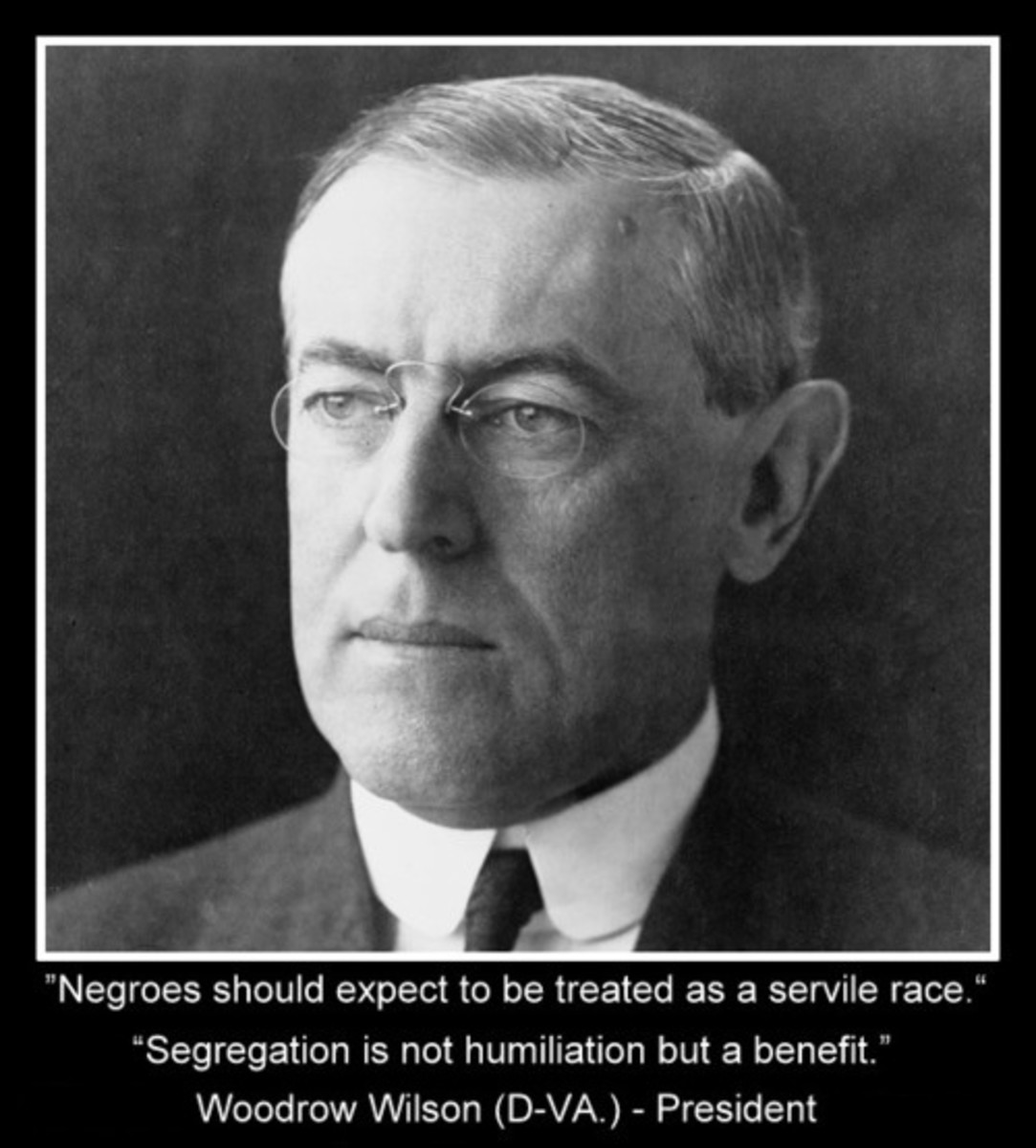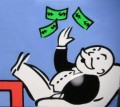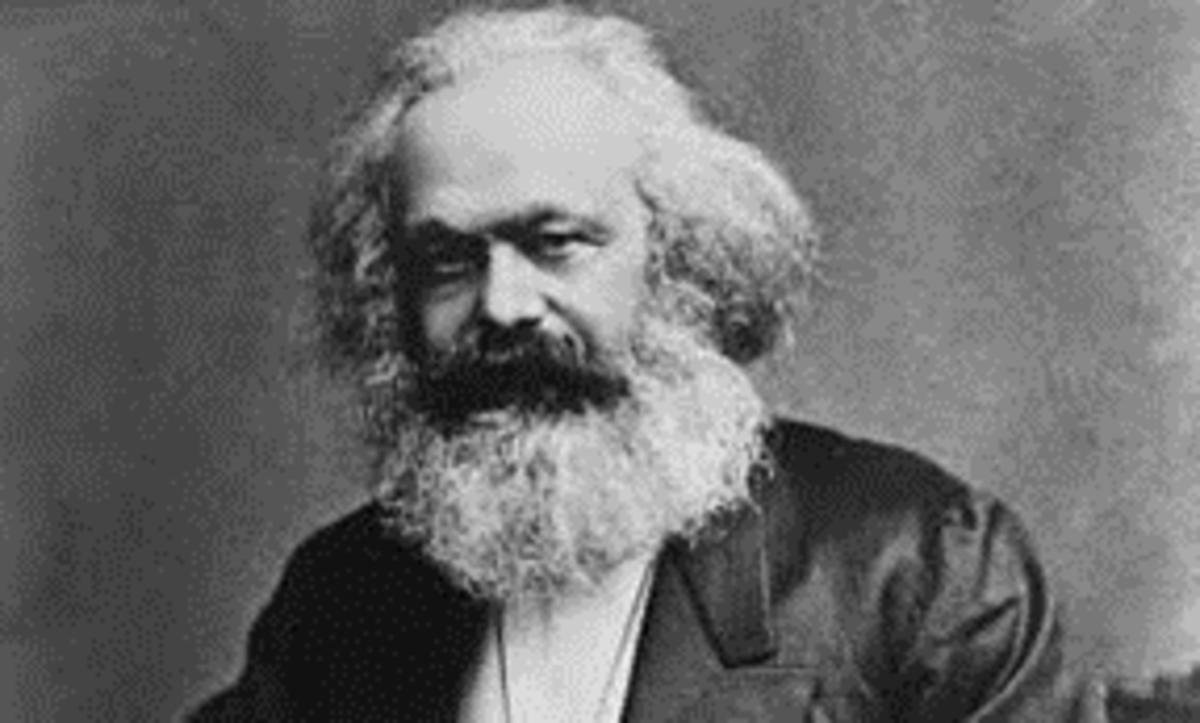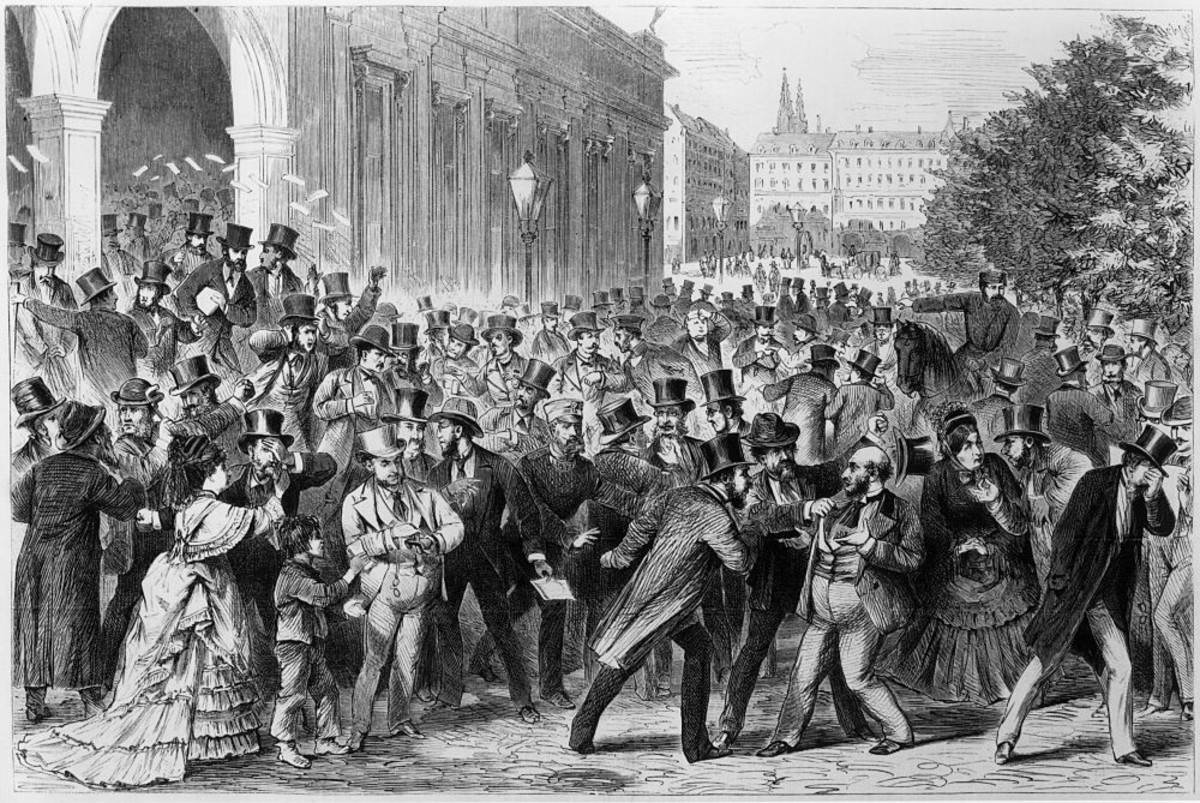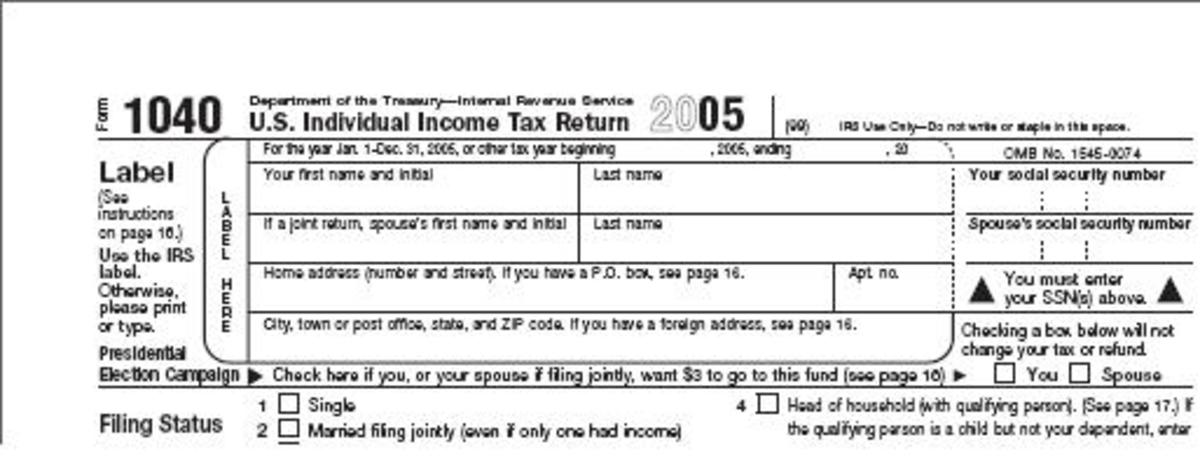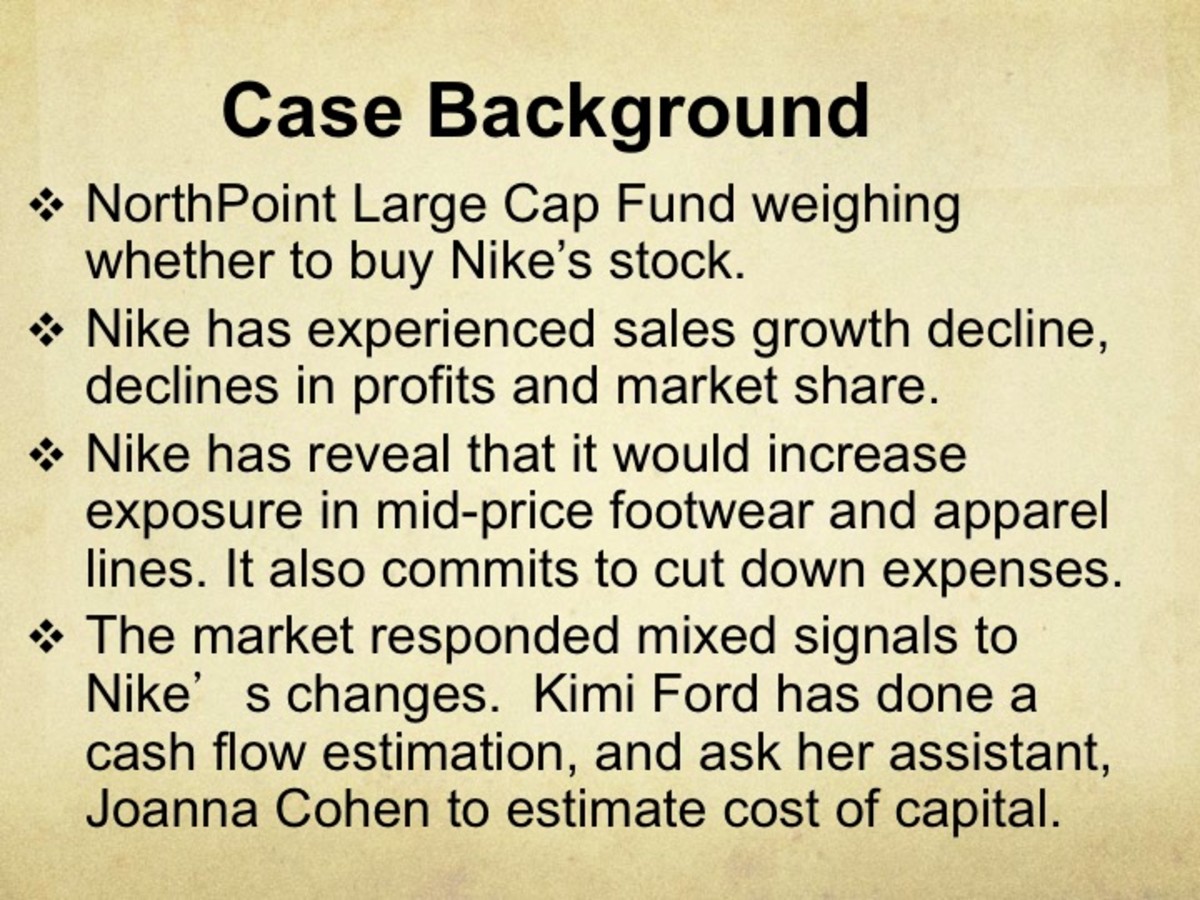Supply Side Economics v. Progressive Tax Policies
Supply Side Economics v. Progressive Tax Policies
One of the central economic arguments within the corridors of American politics and academia since 1981 has been whether reducing tax rates stimulates economic growth both short and long term. This debate had been going on much longer within academia but came into full national bloom with the advent of the Ronald Reagan presidency.
The Reagan Administration embraced economist Arthur Laffer's "Supply Side" economic theory. This theory argues that sharp tax cuts will increase the supply of money available for private use thus stimulating economic activity and growth. This policy worked very well initially lifting the United States economy out of its doldrums and on to a robust growth path. Unfortunately it also exploded the budget deficit.
Supply side advocates had argued that increased economic growth would increase our tax revenue supply due to larger corporate profits and higher wages to tax. They also argued that this would offset the revenue losses from sharp tax rate cuts. This was never realized nor did it ever come close.
The Bill Clinton Administration in 1993 raised income tax rates to help balance the ballooning budget deficit. Conservative critics predicted economic doom for the American economy. Instead the economy grew steadily throughout the two Clinton terms and the budget ultimately went from a large deficit to a significant surplus.
What do these two contradictory episodes tell us about economic policy if anything? What other factors affected these economic periods and others? Which of these economic theories is correct or are they both effective and under what circumstances? Hopefully I will be able to shed some light on these questions and more during the course of this Hub.
I will examine the underlying circumstances that influenced the Reagan and Clinton eras and show why each policy worked to some degree and why. Then I will take shorter looks at a few other periods in our economic history. Finally I will attempt to meld together these findings to show under what circumstances each policy is more effective and to what degrees.
The American economy grew rapidly and steadily after the conclusion of World War II. The United States had emerged from this war as the only strong economic power so we temporarily had the field to ourselves.
Our maximum income tax rates were 91% between 1946 and 1964 when they were lowered to 77%. They were further lowered to 70% in 1965. These onerous rates worked well when we were the sole economic power in the world. They began to take a toll on our economic growth in the 1970s when other countries began to fully regain their economic strength.
President Ronald Reagan came into office in 1981 with the intention of implementing his policy of tax cutting in line with supply side economics. In 1982 the first cuts took place with Democratic acquiescence. Maximum income tax rates were cut to 50% in 1982 and fell to 28% by the time President Reagan left office in 1989. The U.S. economy did take off. The stifling high tax rates had been putting a severe crimp on the economy and these cuts ignited business investment. Unfortunately this stimulus can only go so far.
Budget deficits ballooned to unprecedented heights. Voices throughout government and across party lines were soon raised in support of sharply cutting the deficit. Many raised the prospect of a balanced budget constitutional amendment. This coupled with a significant economic recession in 1991 brought to the fore the questioning of the efficacy and the size of the Reagan tax cuts.
Presidents George H.W. Bush and Bill Clinton raised taxes to cut these budget deficits. The maximum rates were raised to 31% in 1991 under Bush and raised to 39.6% under Clinton in 1993. Opponents predictably forecasted economic doom. The result was instead a prolonged economic boom throughout the balance of the 1990s and a significant budget surplus by the end of the decade.
The supply siders had predicted that the raising of income tax rates would withdraw needed funds from the economy resulting in the shrinking of business investments that would emasculate the economy. Instead the budget deficit steadily shrank and eventually disappeared. This freed up credit for the private sector because the United States Treasury no longer needed to borrow heavily to cover the deficit.
All strata of society benefited from these higher tax rates. The wealthy and corporate interests benefited from easier credit and wealthier customers. The middle and lower classes benefited from a larger slice of the wealth. This enabled them to increase their spending in a significant and sustained manner. They also were spared social safety net cuts to close the deficit. Social programs were also expanded in some areas due to the surplus.
The economy was running with incredible efficiency and growing stronger as the national debt was being written down. A wider swath of the citizenry was spending a larger part of their incomes. The sky was the limit. What could go wrong?
Politics inevitably raised its ugly head. Presidential candidate George W. Bush used the budget surplus to dangle some economic candy before the eyes of the electorate. This candy was in the form of sharp income tax rate cuts. The budget surplus had become so large that they were successful in selling these cuts to the public over debt paydowns.
Of course these politicians over did it. They cut all rates but the rates on the wealthiest class received the highest drop from 39.6% to 35%. Estate taxes were also slashed. The wealth and income gaps exploded. The budget went almost immediately from substantial surplus into substantial deficit. The 9/11 terrorist attacks and subsequent homeland defense build up sent this new deficit through the roof.
The economy kept rolling along due to both the increased homeland security spending and the decision by Fed Chairman Alan Greenspan to keep interest rates historically low. This was due to his well founded fear that the 9/11 attacks would panic the country and tank our financial markets. A panic actually occurred during the first days of trading after the attacks but these markets steadily corrected themselves.
Unfortunately Greenspan allowed these low interest rates to remain in effect long after the crisis ended. The result was a rush to buy homes at very low rates leading to a housing bubble that burst soon after he finally began to raise these rates. The subsequent financial meltdown has resulted in a vastly enlarged lower class and a much smaller middle class. The wealthy were also hit hard but they regained their wealth fairly quickly.
President George W. Bush's Troubled Assets Relief Program (TARP) and several actions by President Obama to reinforce the financial system have instilled stability and confidence back into the financial markets. The stock market righted itself and has now surpassed record highs. The wealthy are financially whole again and then some. The result is a slowly recovering economy due to the middle and lower classes being vastly poorer now and thus spending much less than in the past. Meanwhile the wealthy have not expanded their spending at all.
The United States began its history as a very egalitarian society. There were some very wealthy merchants and plantation owners but they did not own the vast majority of the country's wealth. This egalitarian aspect of American society began to break down during the late nineteenth century as the Industrial Revolution kicked into high gear.
This "Gilded Age" gradually expanded wealth and income gaps to enormous levels until the Great Depression hit in the 1930s. This unprecedented financial catastrophe not only helped to even the economic playing field but it also spurred the Roosevelt Administration to drastically increase the federal income tax rate.
This higher rate put much more money into the pockets of the newly expanded lower class both through more progressive tax rates and through newly formed social programs. Wealth and income gaps steadily fell until the Reagan era mostly due to the 91% maximum interest rate instituted in 1946.
My analysis of our American economic history shows that all economic classes must be prospering to maintain and nurture a strong economy. Most of our economic recessions and depressions have stemmed from economic bubbles. Huge wealth and income gaps are forms of a structural bubble that always leads to economic stagnation, recession, or worse.
The income interest rate cutting during the Reagan Administration was necessary due to the onerous level of the maximum rates. These rates stifled entrepreneurship which in turn stagnated the economy.
Unfortunately the George W. Bush Administration learned the wrong lesson and put supply side economics on to steroids exacerbating already growing wealth and income gaps. "Trickle down economics" no longer trickles down when the wealthy have so much wealth that they have no need or inclination to spend or invest it. It is eerily reminiscent of the period immediately before the Great Depression.
The point of tax equilibrium that maximizes economic growth has clearly been skewed and is now out of balance. This condition was also true in 1981 when the Reagan Administration took over but it was skewed in the other direction. They initiated sharp tax cuts while rates now are too low especially on the wealthier class. Both conditions cause serious economic problems.
Our anemic economic growth following the 2008 financial meltdown needs to be kick started by strong tax hikes mostly on the wealthy which will put money in the pockets of those who need these funds simply to survive.
The supply side, trickle down, theory of economics is simply not working in this era of tremendous wealth and income gaps. The wealthy have so much wealth that they have no incentive or inclination to spend more. Corporations are fearful of a new financial downturn so they are sitting on hordes of funds. Increased taxes on both will circulate these idle funds into our economy by allowing the middle and lower classes to have more and inevitably spend more. No more cutting vital social safety net programs. Expand them and watch our economy take off.
Supply side economics works when the wealthy and corporations have been overtaxed and stripped of investment incentives and net wealth. We are no longer anywhere near this level. The polar opposite is now true. Let us urge our political leaders to recognize this new and dangerous political and economic situation of rapidly expanding wealth and income gaps.
The only way for our economy to spark itself and finally get into a robust growth phase is to find that optimum tax equilibrium point. That point is clearly not at current levels. Raising maximum income tax rates on the wealthy and corporations should no longer be looked upon as a dirty term. In fact, it is the patriotic thing to do and it will raise all economic boats. The wealthy will see that wealth expanded as the economy booms and the stock market moves into higher and higher record levels. The middle and lower classes will have a significantly larger part of the American wealth pie to spend on essential life necessities and keep them out of economic ruin.
This is a win-win scenario for everyone. Hopefully our political leaders will soon listen and see the wisdom of this policy. That, of course, will only happen when we make our views known to them with our voices, correspondence, articles, and most importantly with our vital votes this November and beyond.

